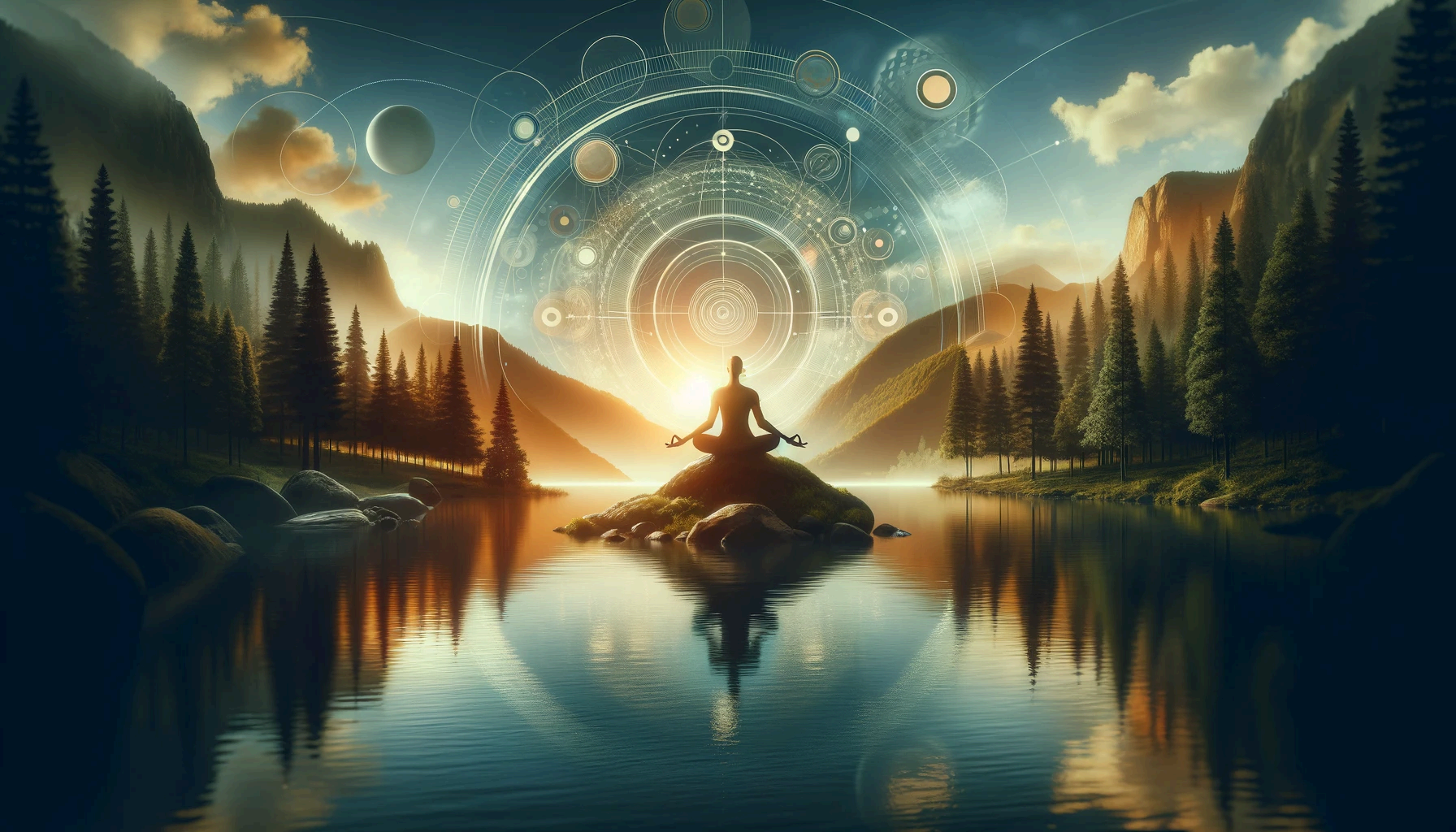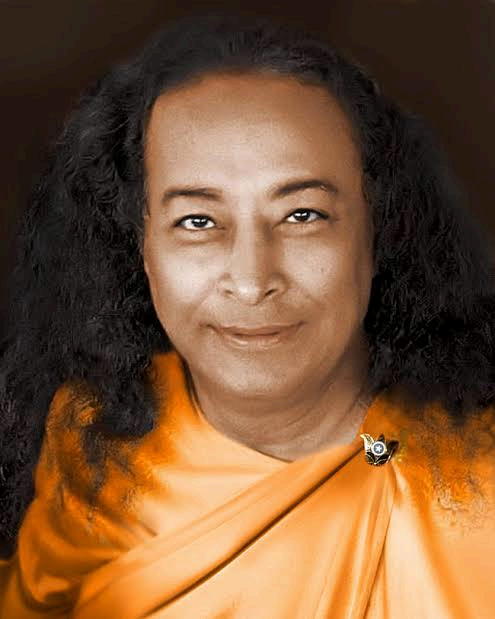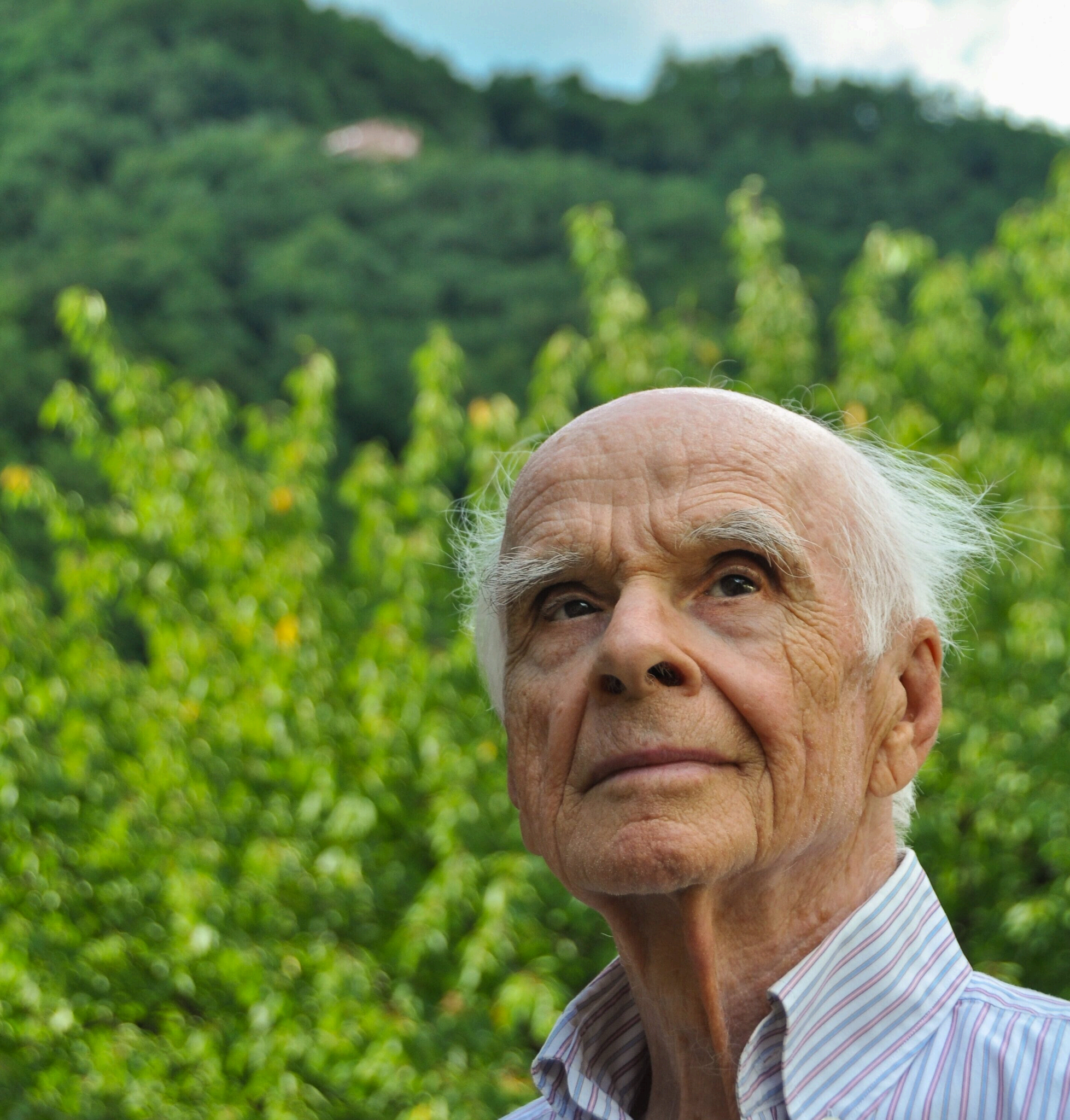Spirituality and Religion: Historical Perspectives

What is Spirituality and Spiritual Science?
Spirituality and religion are two concepts that often overlap but represent distinct approaches to understanding the divine and finding meaning in life. While both seek to address profound existential questions, they do so in different ways. Understanding their differences, historical development, and why they can’t be directly compared requires a deep dive into their definitions, evolution, and impacts on individuals and societies.
Spirituality
- Personal and Individual
- Flexible and Diverse
- Universal Connection
- Ancient Roots
- Philosophical Influence

Spirituality is often characterised by personal experiences and a quest for a deeper connection with oneself or the universe. It focuses on inner growth, self-discovery, and individual understanding.
Unlike organised religion, spirituality does not adhere to a single set of doctrines or rituals. It is highly individualised and can incorporate practices such as meditation, mindfulness, and personal reflection.
Spirituality may involve a connection to a higher power or universal energy, but this connection is defined by personal beliefs rather than institutional teachings.
Spiritual practices have existed since prehistoric times, often tied to animistic beliefs and shamanic traditions. Early humans engaged in rituals and meditations to connect with nature and the spiritual realm.
In various cultures, spirituality evolved alongside philosophical traditions. For example, Eastern philosophies such as Taoism and Hinduism emphasised personal spiritual development and self-realisation.
In the modern contemporary world, spirituality has evolved to encompass a wide range of beliefs and practices, often blending elements from different traditions and focusing on personal well-being and self-growth.

Religion
- Structured and Communal
- Historical and Institutional
- Ritual and Doctrine
- Formation of Organized Systems
- Scriptures and Institutions
- Global Influence
Religion typically involves organised systems of belief and worship, characterised by specific doctrines, rituals, and practices. It often includes communal aspects, such as congregational worship and religious ceremonies.
Religions are often rooted in historical traditions and institutions, with sacred texts and teachings that have been passed down through generations. Examples include Christianity, Islam, Hinduism, and Buddhism.
Religions provide structured pathways for adherents to practise their faith, including rituals like prayer, fasting, and sacraments.
The formation of organised religions can be traced back to the early civilizations of Mesopotamia, Egypt, and the Indus Valley. These early religions established formalised deities, temples, and priesthoods.
Major world religions began to take shape around key historical figures and scriptures. For example, Judaism and Christianity emerged from the ancient Hebrew tradition, while Islam was founded on the teachings of the Prophet Muhammad.
As religions spread across the globe through conquests, trade, and missionary work, they adapted to and influenced various cultures, shaping social and political structures.
Spirituality and religion, while related, represent different approaches to understanding and experiencing the divine. Spirituality offers a personal and adaptable path to inner growth, while religion provides structured frameworks and communal practices. Their distinct characteristics reflect their unique roles in human history and individual lives. By appreciating these differences, we can gain a deeper understanding of how people seek meaning and connection in diverse ways.

Scientific Exploration of Spirituality

What is Spiritual Science?
Spiritual science is an interdisciplinary field that bridges the gap between spirituality and the empirical methods of traditional science. It seeks to understand the deeper, often intangible aspects of existence—such as consciousness, energy, the soul, and the connection between all living things—using a systematic approach. Unlike conventional science, which typically focuses on the material and observable, spiritual science ventures into the realms of the metaphysical, exploring phenomena that transcend physical reality.
The concept of spiritual science has roots in ancient civilizations where spirituality and early forms of science were often intertwined. For example:
Ancient Egypt
Priests served as both spiritual leaders and early scientists, studying astronomy, medicine, and mathematics alongside their religious duties.
In India, spiritual practices like yoga and meditation were seen as paths to understanding the nature of the universe, complementing the empirical observations found in texts like the Vedas.
Thinkers such as Paracelsus and Johannes Kepler were both deeply spiritual and scientific,
believing that understanding the cosmos required both scientific inquiry and spiritual insight.
The term “spiritual science” became more formalised in the 19th and 20th centuries, particularly through the work of figures like Rudolf Steiner, the founder of Anthroposophy. Steiner proposed that spiritual realities could be studied scientifically through disciplined inner experiences and that spiritual development could enhance human knowledge and creativity.
Key Concepts in Spiritual Science
Central to spiritual science is the study of consciousness—not just as a byproduct of brain activity, as traditional science often posits, but as a fundamental aspect of reality that shapes and is shaped by the universe.
Spiritual science posits that everything in the universe is made up of energy, vibrating at different frequencies. These vibrations can be influenced by thoughts, emotions, and spiritual practices, leading to changes in physical and non-physical reality.
Spiritual science often explores the idea that all life is interconnected, with a shared spiritual essence that links individuals to the broader cosmos.
Beyond the physical body, spiritual science studies the concept of subtle bodies—such as the etheric, astral, and causal bodies—each corresponding to different levels of existence and experience.
Unlike Darwinian evolution, which focuses on physical adaptation, spiritual science explores the evolution of consciousness itself, suggesting that humanity is on a journey toward higher states of awareness and being.
Spiritual Science Today
In the modern world, spiritual science continues to grow as a field, influenced by developments in quantum physics, neuroscience, and psychology, as well as by ancient wisdom traditions. Research into topics like near-death experiences, the power of meditation, and the nature of consciousness reflects a growing interest in how science and spirituality can inform and enrich one another.
Organisations, universities, and independent researchers around the world are increasingly exploring the intersection of science and spirituality, contributing to a deeper understanding of the universe and our place within it. This approach offers a holistic view of existence, one that honours the material and the spiritual, the known and the mysterious.
Spiritual science represents a profound synthesis of empirical investigation and spiritual wisdom. It opens up new avenues for understanding the universe and our place in it, going beyond the limitations of both traditional science and organised religion. By embracing both the inner and outer worlds, spiritual science provides a framework for exploring the mysteries of existence in a way that is both rigorous and deeply meaningful.
Several individuals have had a significant influence on the development and popularisation of spiritual science. Here are some key figures:
Rudolf Steiner (1861-1925)
Rudolf Steiner is perhaps the most well-known figure associated with spiritual science. He was an Austrian philosopher and esotericist who founded Anthroposophy, a spiritual movement that aims to apply scientific methods to spiritual understanding. Steiner believed that through disciplined spiritual practice, individuals could develop “spiritual science” to explore higher worlds and gain knowledge of spiritual realities. He also contributed to education (Waldorf Schools), biodynamic agriculture, and holistic medicine, all grounded in his spiritual scientific principles.
Madame Blavatsky (1831-1891)
Helena Petrovna Blavatsky was a Russian mystic and co-founder of the Theosophical Society. She played a significant role in bringing Eastern spiritual traditions to the West and sought to establish a synthesis between science, religion, and spirituality. Her work laid the groundwork for many concepts later explored in spiritual science, including the idea that spiritual truths can be systematically studied and understood.
Carl Jung (1875-1961)
Carl Jung, a Swiss psychiatrist and psychoanalyst, is a central figure in the integration of psychology and spirituality. While not a spiritual scientist in the traditional sense, Jung’s work on the collective unconscious, archetypes, and synchronicity has profoundly influenced spiritual science. His ideas encourage a scientific exploration of spirituality through the lens of psychology, particularly the study of symbols, myths, and dreams.
Paramahansa Yogananda (1893-1952)
While primarily known as a spiritual teacher, Paramahansa Yogananda also contributed to spiritual science through his teachings on the relationship between science and spirituality. In his seminal work *Autobiography of a Yogi*Yogananda explores the connections between Eastern spiritual practices and Western scientific principles. His teachings emphasise that true understanding of the universe requires integrating spiritual insight with scientific knowledge.

David Bohm (1917-1992)
Contribution: David Bohm was an American physicist whose work on quantum theory and the nature of reality has had a significant impact on spiritual science. Bohm proposed the idea of an “implicate order,” a deeper reality from which the material world unfolds. His theories resonate with spiritual concepts of an underlying unity and interconnectedness in the universe, providing a scientific framework that supports spiritual science.
Ken Wilber (b. 1949)
Ken Wilber is an American philosopher and the founder of Integral Theory, a comprehensive framework that seeks to integrate all aspects of human knowledge—science, spirituality, psychology, and culture. Wilber’s work is highly influential in spiritual science because it provides a structured approach to understanding the relationship between the material and spiritual dimensions of life. His concept of the “Great Chain of Being” and the integration of spiritual development into a scientific model are central to his influence on spiritual science.

Ervin Laszlo (b. 1932)
Ervin Laszlo is a Hungarian philosopher and systems theorist who has written extensively on
the concept of the “Akashic Field,” a cosmic field that stores information and connects all things. Laszlo’s work draws on both scientific and spiritual traditions, proposing that the universe is a unified whole where consciousness plays a fundamental role. His ideas have contributed to the development of spiritual science by providing a bridge between scientific inquiry and spiritual understanding.
These individuals, among others, have played crucial roles in shaping spiritual science, offering different perspectives and methodologies for exploring the intersection of spirituality and empirical inquiry.
In ancient and mediaeval times, many spiritual practices and esoteric knowledge were indeed often reserved for the nobility, priests, or the wealthy elite. This exclusivity was influenced by several factors:
Access to Education and Resources
In many ancient societies, education was a privilege primarily available to the upper classes. Literacy was not widespread, so the ability to read sacred texts, study spiritual philosophies, or practise certain rituals was often confined to those who had the means to afford education. Religious and spiritual knowledge was often transmitted through written texts that only the educated could access.
Wealthier individuals could afford the time and resources to engage in spiritual practices, such as studying under a guru, attending religious ceremonies, or commissioning spiritual artworks. They could also support religious institutions financially, which often provided them with greater access to spiritual guidance and rituals.
Priestly and Noble Classes
In many cultures, spiritual knowledge was closely guarded by a priestly class, who were responsible for performing rituals, interpreting sacred texts, and maintaining spiritual traditions. For example, in ancient Egypt, the priesthood held significant power, and their spiritual knowledge was often kept secret from the general populace.
Nobles often had the power to influence or even dictate religious practices. In mediaeval
Europe, for instance, monarchs and the nobility played a significant role in the church,
sometimes commissioning religious works, funding monasteries, or even controlling religious
appointments.
Control of Spiritual Power
Spiritual practices were sometimes used as a means of maintaining social and political power. By keeping certain rituals, ceremonies, or spiritual knowledge exclusive to the elite, these groups could reinforce their status and control over the population. The divine right of kings, a concept where monarchs were seen as chosen by God, is one example of how spirituality was intertwined with political power.
Public vs. Private Worship
- In many societies, public religious practices were accessible to the general populace, but they were often simple and focused on communal rituals. The more profound or esoteric spiritual practices were reserved for the elite, who conducted these in private settings or within exclusive groups.
- Wealthy individuals or nobles often had private chapels, personal shrines, or the ability to sponsor religious retreats where they could engage in more intimate and complex spiritual practices.
Over time, as societies became more egalitarian and literacy rates increased, spiritual practices began to become more accessible to the broader population. The printing press, for example, played a crucial role in the spread of religious texts, making spiritual knowledge available to a wider audience. The Protestant Reformation in Europe further democratised spiritual practices by challenging the exclusivity of the Catholic Church and encouraging personal interpretation of the Bible.
In modern times, spirituality is far more accessible, with people from all walks of life able to explore and engage in various spiritual practices. The rise of global communication, the internet, and the sharing of spiritual traditions across cultures have further opened the doors for everyone, regardless of social or economic status, to seek and practice spirituality.
